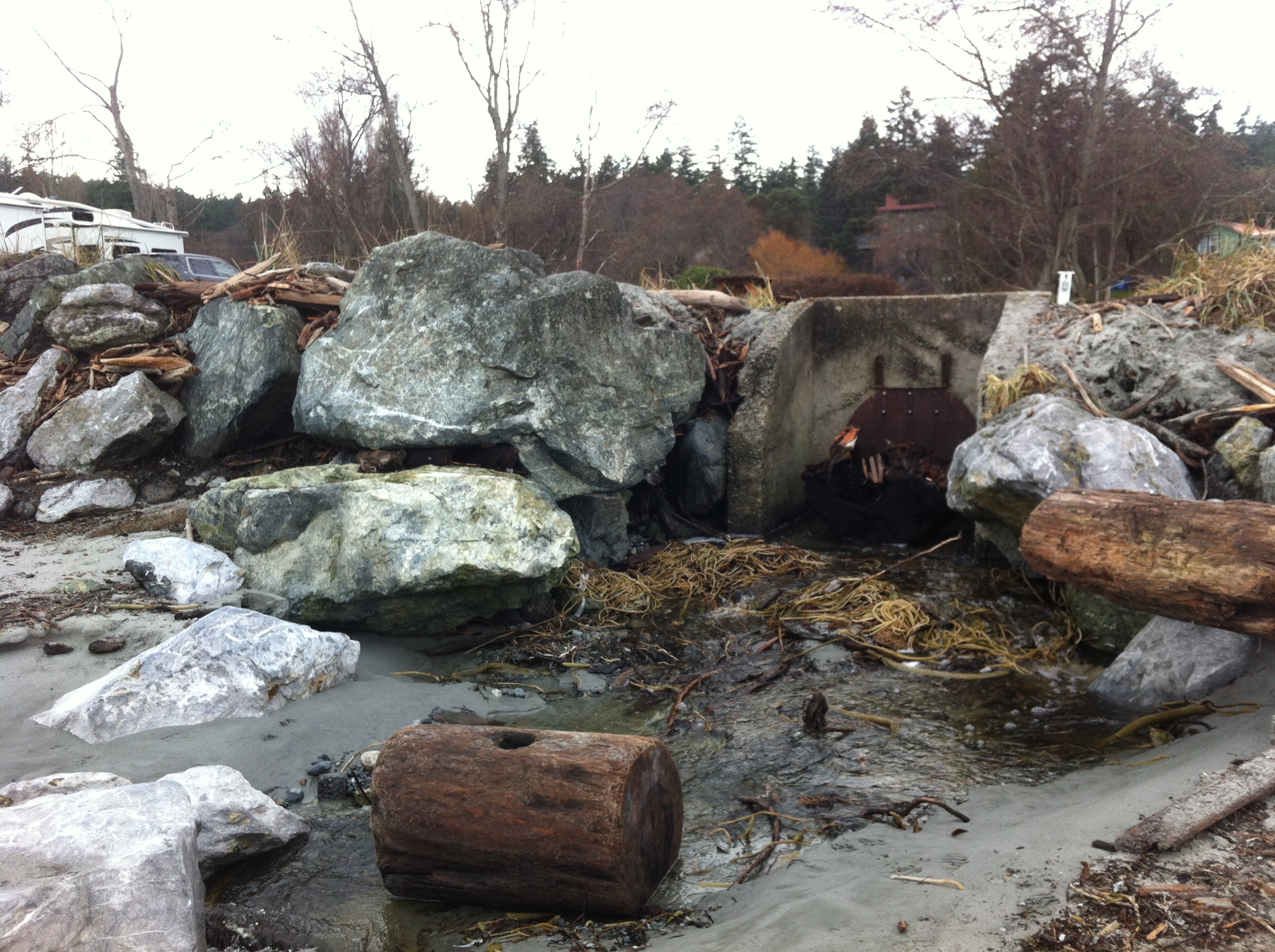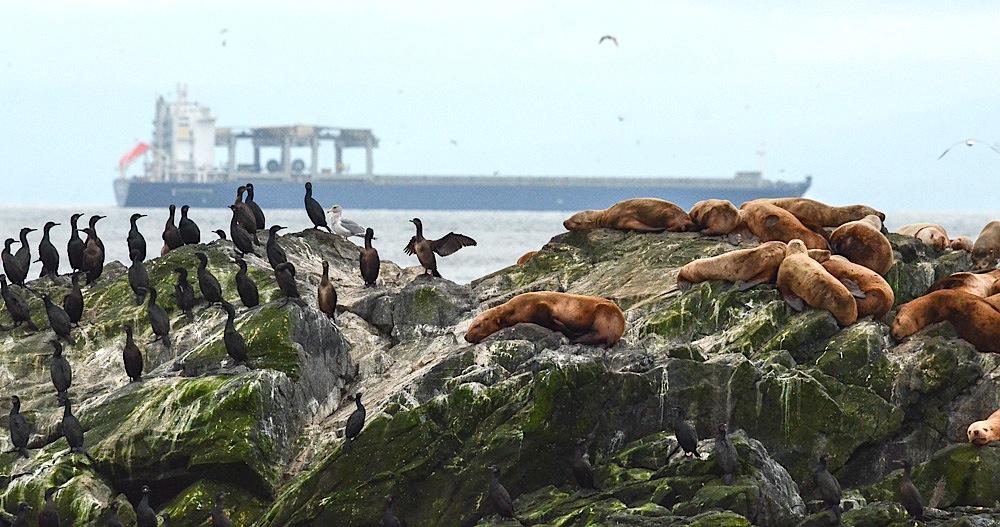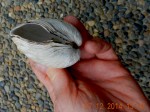In the last 24 hours, a large slump has occurred on the Taylor Beach cliff. This is located just at the north end of the beach component. The properties along the top of the cliff have for several years experienced various human impacts which have likely contributed to this erosion.
- Disposal of yard waste over the bank.
- Removal of trees on properties to create better viewscapes
- Building too close to an erosional bank feature
- Topping of trees on the cliff face to improve views

Taylor Beach slump. G. Fletcher photo.
This Cliff is all included in the Hazard lands DPA, and it is also a naturally occurring geological erosional feature which, unfortunately poor enforcement over the years has contributed to this problem.
There remains further evidence of slipping in the separated section showing a grey clay bank along a wider stretch of this bank so we can anticipate more similar events.
Currently a large deposit of soil, broken mature alders and debris remains on the beach. The next big storm from the East at a high tide will clear this out causing increased sedimentation along the inter and sub-tidal areas off shore. There us a thriving community of organisms on this shore so an impact on those populations is predicted. .

Taylor Beach erosion- G. Fletcher photo.

Taylor Beach erosion with tangle of alders. G. Fletcher photo.
























